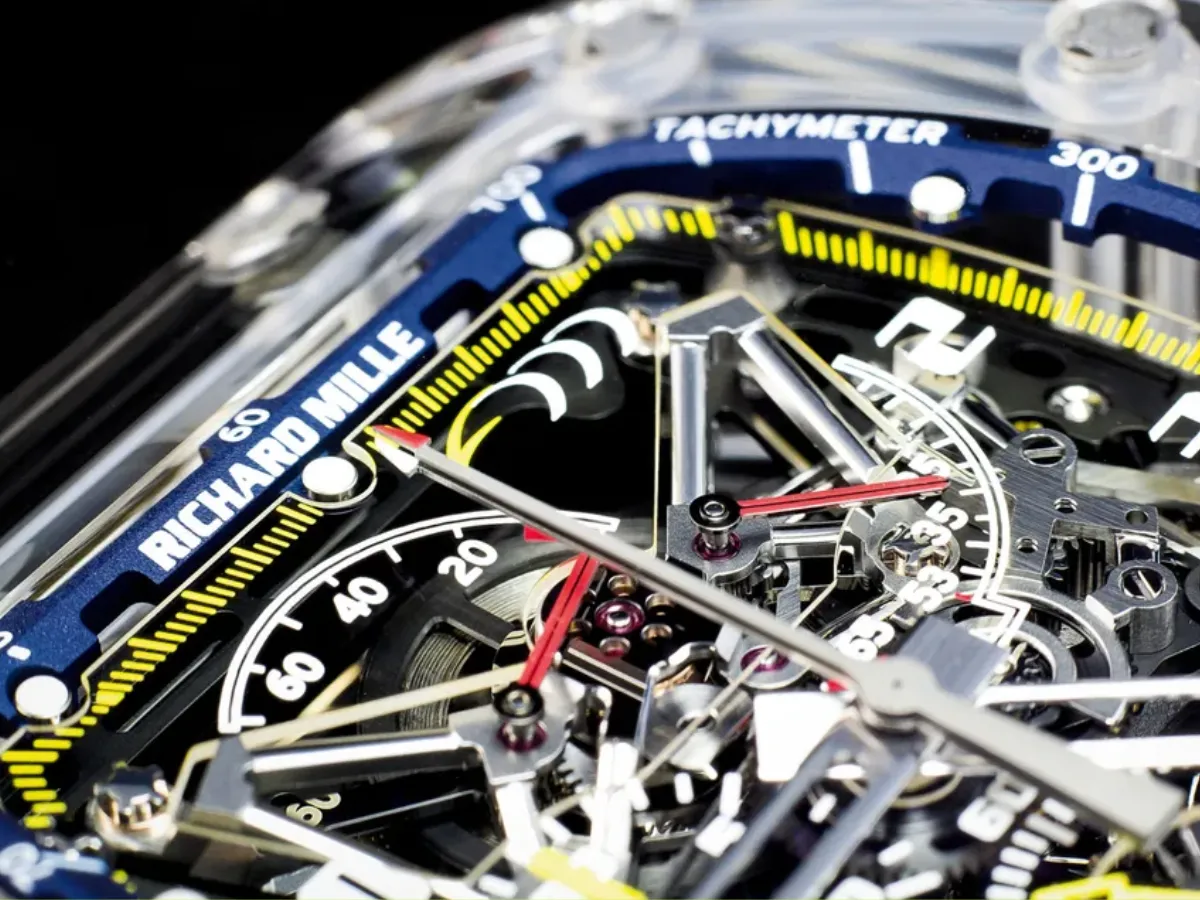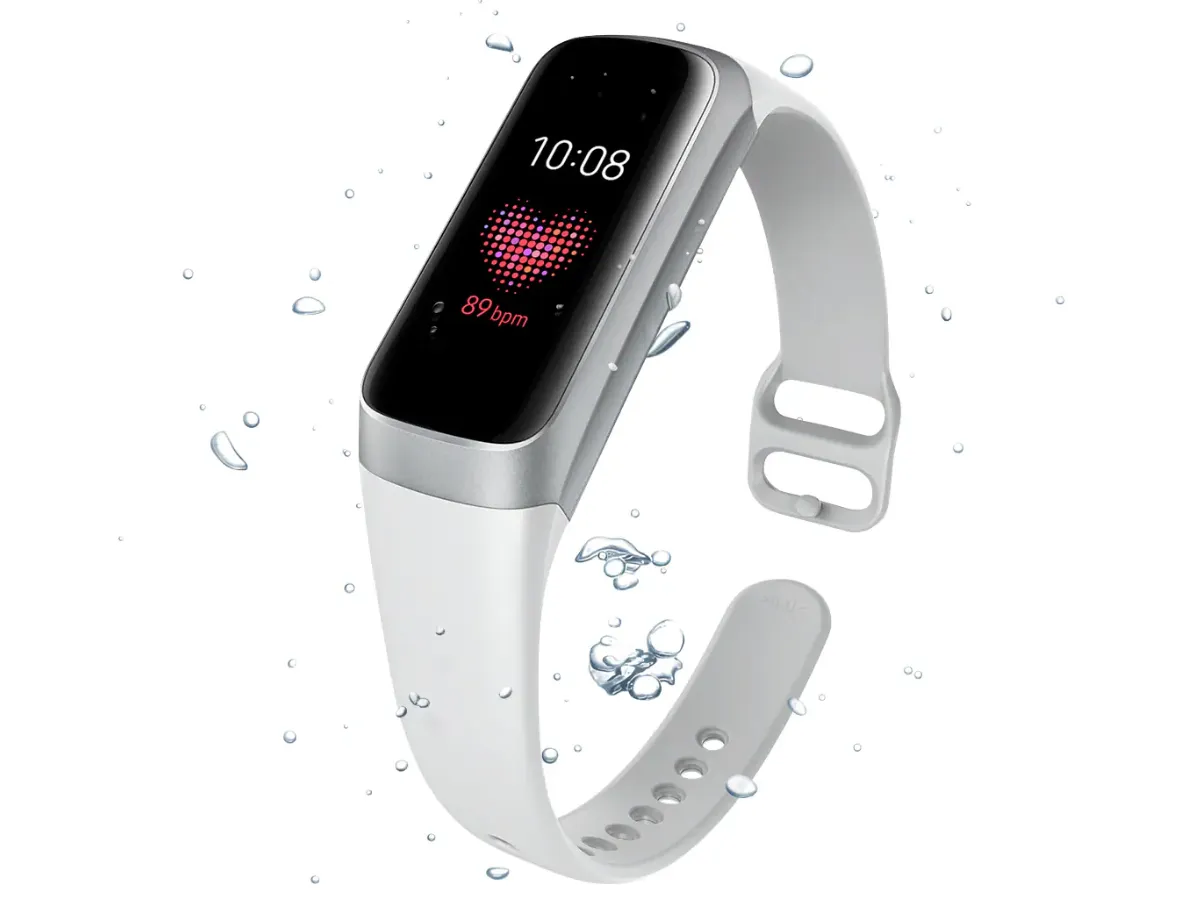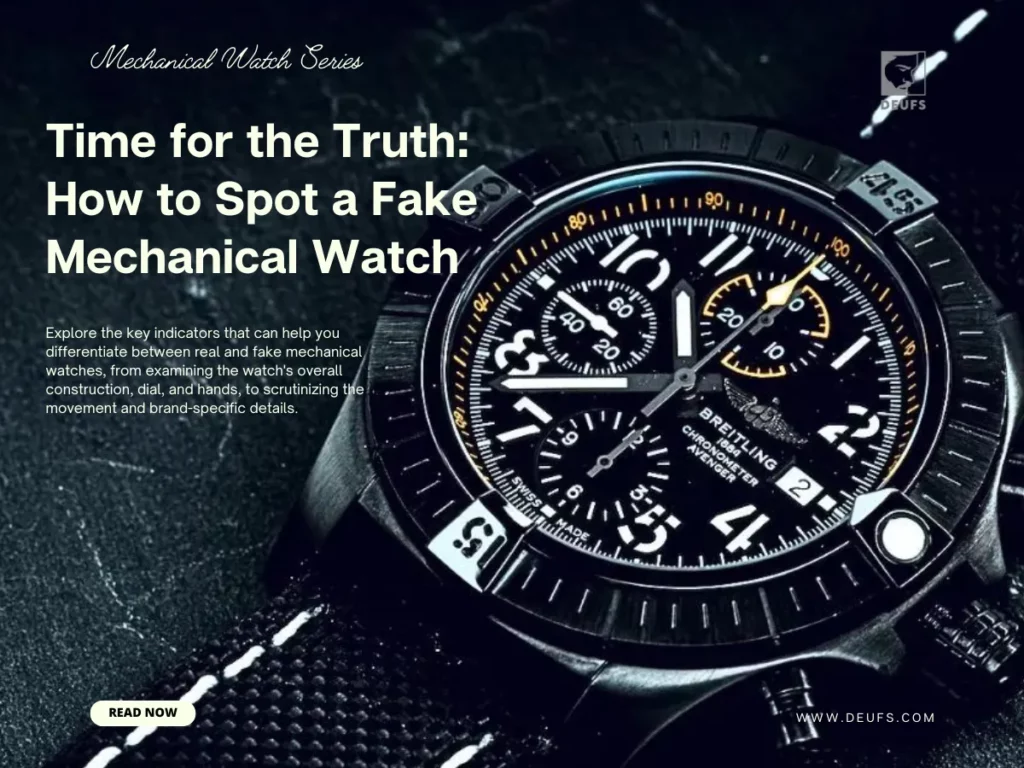
Counterfeit mechanical watches pose a hidden threat, deceiving buyers and undermining the integrity of the watch industry. Advancements in technology and online shopping have made it difficult to distinguish between genuine and fake watches. This has raised concerns among consumers and manufacturers, emphasizing the necessity for guidance on identifying counterfeits.
Identifying fake mechanical watches is crucial for protecting investments and ensuring the purchase of genuine timepieces. Having a keen eye for detail and understanding the telltale signs of authenticity helps consumers avoid falling victim to counterfeit schemes.
In this article, we will explore the key indicators that can help you differentiate between real and fake mechanical watches, from examining the watch’s overall construction, dial, and hands, to scrutinizing the movement and brand-specific details.
Related articles: Uncover the Essentials of Collecting Watches: The Complete Beginner’s Guide to Dos and Don’ts
Research and Familiarize Yourself with the Genuine Watch
Thorough research and familiarity with authentic watch features are crucial for identifying fake mechanical watches. Reputable sources like brand websites, authorized dealers, and watch forums offer valuable information on design, specifications, and features, empowering individuals to distinguish genuine watches from counterfeits.
Here are the key steps for you to follow:
Step 1
When researching genuine watch models, focus on key details like case size, dial design, bezel type, crown features, and bracelet/strap options. Take note of notable characteristics, engravings, complications, and signature design elements to develop a clear image of the authentic watch.
Apart from online resources, consider visiting physical watch boutiques or authorized dealerships to gain firsthand experience. Handling the genuine watch allows you to assess its craftsmanship, weight, and overall feel. Observe the materials’ quality and intricate details under proper lighting to detect differences from counterfeits.
Step 2
After understanding the genuine watch, compare it to the suspected fake. Check for variations in overall design, proportions, size, shape, or deviations that differ from your research. Counterfeit watches often mimic popular models, but they might not achieve an exact replica.
Step 3
Next, compare specific features and details like engravings, logos, and text on the suspected fake to the genuine watch. Use a magnifying glass if needed to spot inconsistencies in font style, spacing, alignment, or signs of poor-quality engraving. Subtle imperfections or errors often indicate a counterfeit watch.
Step 4
Evaluate the materials in the suspected fake watch, as genuine watches use high-quality materials like stainless steel, precious metals, sapphire crystal, or ceramic. Counterfeits typically have visible differences in appearance and durability due to the use of cheaper alternatives. Compare the weight and feel to the genuine model for any noticeable discrepancies.
Also read: Determine the Value of Your Collection: The Watch Valuation Guide
Check the Watch’s Exterior and Build Quality
Inspecting the watch’s exterior and assessing its build quality are also essential in spotting a fake mechanical watch. Here are some steps you can follow:
Step 1
Look for signs of poor craftsmanship, inconsistencies in logos and engravings, and assess the material quality of the case, dial, and bracelet. Genuine watches display precision, flawless finishes, and refined craftsmanship, while counterfeits typically lack these qualities.
Step 2
Next, turn your attention to the dial of the watch. A fake mechanical watch may exhibit dial inconsistencies in printing, fonts, and alignment. Examine the hour markers, indices, and logo carefully, checking for smudged or fuzzy text, irregular spacing, or misalignment. Genuine watches have precise printing and uniform design element placement. Any deviations from this should raise suspicions.
Step 3
Pay attention to the bracelets or straps. Counterfeit watch bracelets or straps often lack quality compared to genuine ones. Genuine watches use durable materials like stainless steel, leather, or rubber, while counterfeits may use inferior materials prone to discoloration or damage. Examine the weight, flexibility, and feel of the bracelet or strap. Genuine watches feel solid and smooth, while fakes may feel light, cheap, or rough.
Step 4
Additionally, thoroughly examine engravings and logos on the watch. Genuine timepieces have precise, detailed engravings, while counterfeits may have blurry or shallow ones. Watch for inconsistencies in font styles, misspellings, or poorly executed logos, as genuine watchmakers prioritize meticulous brand identity.
Evaluating materials is crucial when checking a mechanical watch’s exterior and build quality. Genuine watches use high-quality components like scratch-resistant sapphire crystals, robust stainless steel cases, and well-finished dials. Counterfeit watches use inferior materials lacking durability and appeal. Assess the weight, finish, and feel of the watch. Unusual lightness or poor quality may indicate a fake.
See also: Unleash the Power of Watches: An In-Depth Look at the Components of a Timepiece
Inspect the Watch’s Movement
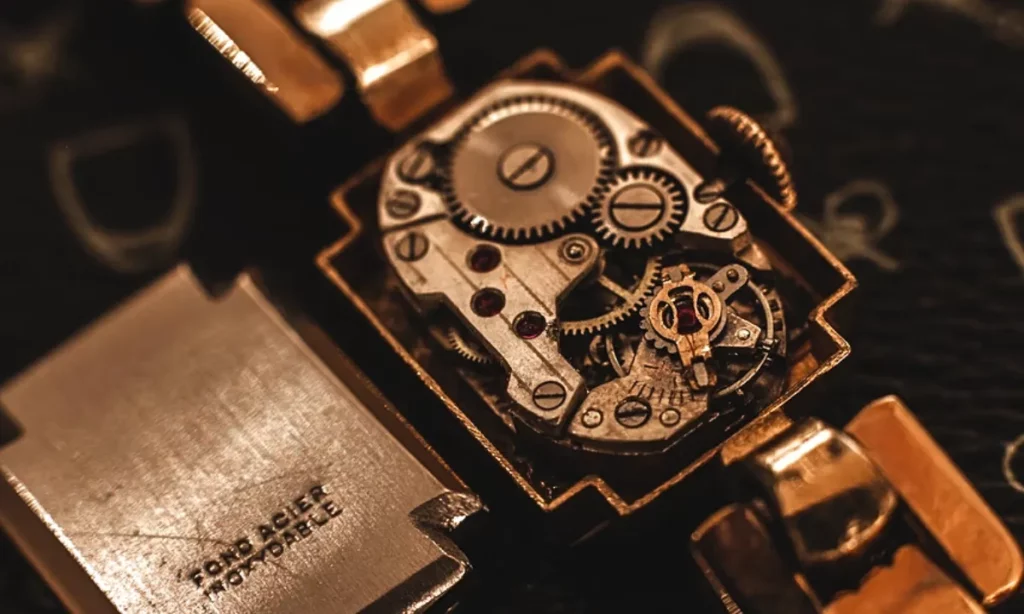
One of the most critical aspects to consider when spotting a fake mechanical watch is to thoroughly evaluate its movement. The movement of a watch provides insights into its authenticity and caliber.
Evaluating the movement is essential because counterfeit watches often utilize low-quality components or inferior imitations of genuine movements. These counterfeit movements may exhibit inaccuracies, lack complexity, or simply fail to meet the high standards set by reputable watchmakers.
For accurate assessment of a watch’s movement, consider seeking professional assistance from watchmakers or authorized service centers. However, you can do an initial assessment by following these steps:
Step 1
When examining a transparent caseback, observe the intricate and well-crafted movement of genuine mechanical watches. Look for seamless coordination of gears, levers, and components. Note the quality of finishing, including polishing and decorative engravings, reflecting the watch’s meticulous craftsmanship.
Step 2
Next, check for any engravings or markings on the movement itself. Authentic movements bear brand name, model number, and specific engravings, while counterfeit ones may have incorrect or poorly executed engravings. Comparing engravings to gathered information helps determine the watch’s authenticity.
Discover more: A Timeless Treasure: The Mechanical Movement Watch
Evaluate the Watch’s Functionality and Performance
Evaluating the functionality and performance is also crucial in spotting a fake mechanical watch. Testing the watch’s features, timekeeping accuracy, and power reserve helps identify discrepancies that may indicate a counterfeit. Here are some steps you can follow to evaluate a watch’s functionality:
Step 1
Test the watch’s complications, observing how each one operates. Genuine mechanical watches have smooth and precise functionality, with complications performing flawlessly. Look out for irregularities or malfunctioning complications, as they can indicate a fake watch.
Step 2
Next, assess the watch’s timekeeping accuracy. Compare the watch’s timekeeping to a reliable reference source, noting any significant deviations. Genuine mechanical watches maintain accurate time with minor variations. Inconsistent or poor timekeeping can indicate a fake watch.
Step 3
You also need to evaluate the watch’s power reserve. Observe how long a fully wound watch runs before stopping to assess its power reserve. Genuine watches align with their specifications, while fakes may have shorter durations or premature stops.
Step 4
To further assess the watch’s functionality and performance, compare the watch to a genuine model of the same make and model, noting differences in features, timekeeping, and power reserve. These comparisons reveal inconsistencies that may indicate a counterfeit watch.
Expand your knowledge: Expand Your Watch Knowledge: How Accurate are Mechanical Watches Really?
Verify the Watch’s Documentation and Packaging
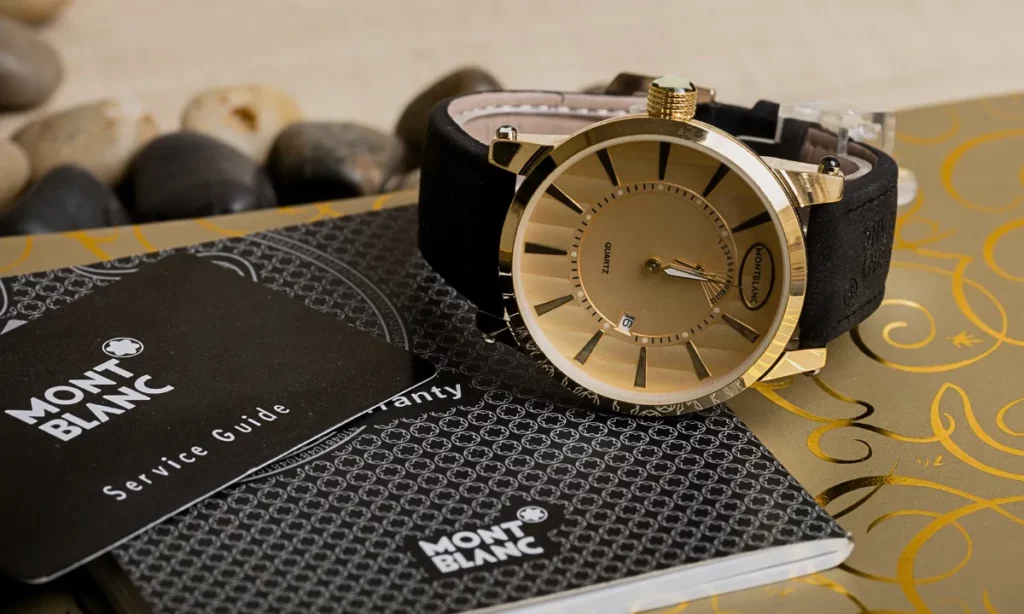
To spot a fake mechanical watch, also check the documentation carefully. Verify the presence of legitimate documentation, including warranty cards, user manuals, and certificates of authenticity, and assess the quality of the watch’s packaging. Examine the documents for consistency, quality, and unique identifiers that counterfeiters may struggle to replicate.
In addition to the documentation, pay close attention to the watch’s packaging as it can reveal clues about its authenticity. Genuine mechanical watches come in well-crafted boxes that reflect the brand’s quality. Counterfeit watches often have inferior packaging materials and construction. Look for signs of poor quality, such as flimsiness or uneven edges. Genuine packaging is consistent in branding and has a premium feel.
Another crucial aspect of verifying a mechanical watch’s authenticity is checking the identifying information, such as serial numbers, model numbers, and unique markings. Validate the watch’s authenticity by cross-referencing its details with the manufacturer’s records. Use online verification systems or customer service helplines offered by watch manufacturers to confirm the information associated with the watch.
Remember that counterfeiters are becoming increasingly sophisticated, and they may attempt to replicate genuine documentation and packaging. Therefore, stay vigilant and utilize additional verification methods to ensure the authenticity of the watch.
See also: Maximize Your Return: Which Watches Hold Their Value and Why?
Seek Expert Assistance and Consider Purchasing from Reputable Sources

Lastly, seek expert assistance and purchase from reputable sources to reduce the risk of acquiring a counterfeit timepiece. Consulting with a watchmaker or dealer offers expertise in recognizing the unique qualities that differentiate genuine mechanical watches from fakes.
Their experience allows them to detect inconsistencies in craftsmanship, materials, and movement performance. They can verify documentation, inspect serial numbers, and provide unbiased assessments, especially for rare or vintage timepieces.
When purchasing a mechanical watch, choose reputable sellers and dealers to ensure authenticity and quality. To find trustworthy sellers and dealers, consider the following tips:
- Conduct comprehensive research, seek recommendations, and read reviews to identify reputable sellers. Look for established watch retailers, both online and offline, with a strong reputation for delivering genuine timepieces.
- Ensure that the seller is an authorized dealer of the watch brand you desire. Authorized dealers maintain direct relationships with manufacturers and offer genuine watches with official support and warranties.
- Look for sellers who are transparent, provide good customer service, and are willing to provide information, documentation, and support to ensure the authenticity of the watch.
More on this topic: Avoid the Scammers: Where to Buy Vintage Watches Safely?
Conclusion
In conclusion, learning how to spot a fake mechanical watch is crucial for any watch enthusiast or potential buyer. By following the key tips and techniques discussed in this article, you can increase your ability to identify counterfeit watches and make informed decisions when investing in a timepiece.
To spot a fake watch, be vigilant and research extensively. Pay attention to signs of poor craftsmanship, inconsistencies, and low-quality materials. Compare the watch to genuine models in terms of features and characteristics. Inspect the exterior, movement, functionality, and documentation. Seek expert assistance and purchase from reputable sources prioritizing authenticity and quality.
By following these tips and techniques, you can minimize the risk of purchasing a fake mechanical watch. Prioritize authenticity and quality when investing in a timepiece to build a lasting and genuine watch collection.



